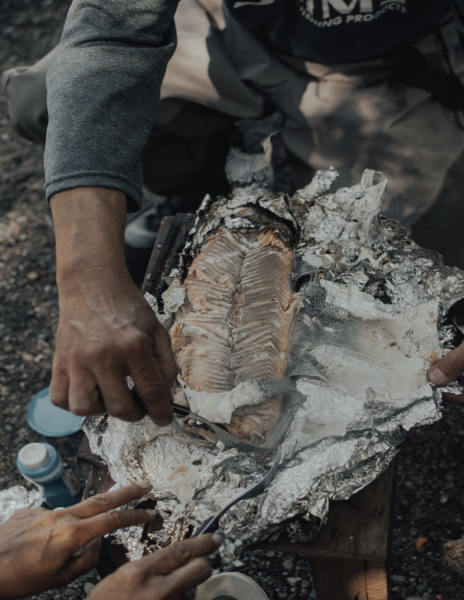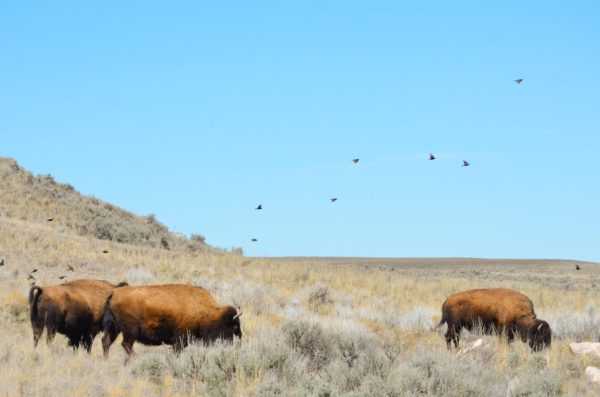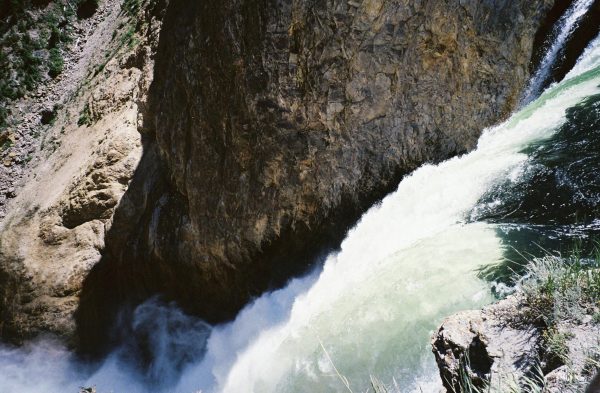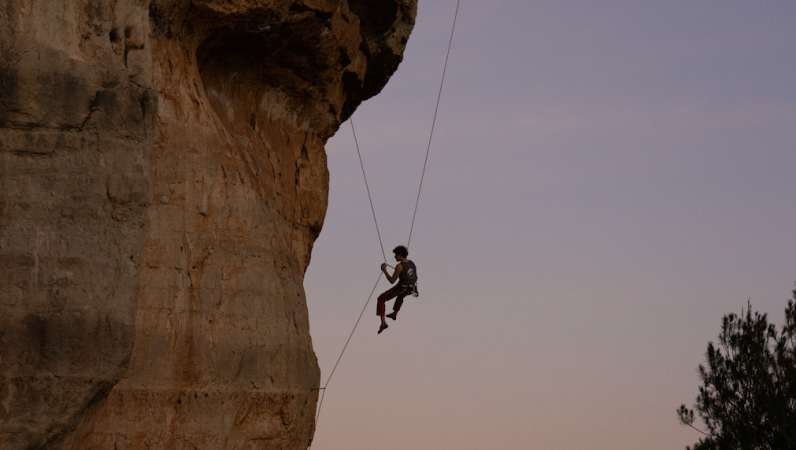3 Delicious Ways to Cook Fish Over a Campfire (with Little Equipment)
Cooking over a campfire is an art, and once you get the hang of it, you’ll be producing a masterpiece each time that’s sure to delight everyone. Campfire cooking, although not difficult, does require some practice and preparation. For campfire cooking (as with most other things), the best way to learn is hands-on.
If you’ve never tried cooking fish over a campfire, it’s time to try! We’ve got you covered, with tips, tricks, and three different methods. Don’t worry even if you are a novice camper, or you don’t have much equipment. The methods listed here are pretty simple and require little to no equipment. While you prep your fishing bounty, ask a friend or family member to get the coals ready, so that you’ll be able to savor your fresh and delightful meal sooner.
Foil Packet Method
Using this method, you’ll be avoiding all the after-meal mess and clean-up. That’s because you’ll be cooking and serving in the foil. After the meal, you just need to dispose of the foil in garbage bags/cans.
Gut the fish, wash it, and apply a wet rub of choice. We recommend using garlic, lemon, herbs, salt, pepper, and butter/olive oil. Get adventurous, and experiment with ingredients. The options are endless (not literally though, the options will be limited to the ingredients you are carrying and what you can find in the vicinity).
Use heavy-duty aluminum foil for the packet. Cut into rectangular pieces or squares, depending on the fish size. The pieces should be large enough to liberally cover the fish.
Lightly grease the foil, and place the fish on it. You can add citrus slices (lemon, limes, or oranges) to the fish cavity, and onion slices and parsley on top of the fish. Wrap the foil around the fish. Remember to double-fold the edges as this helps seal in the flavorful juices.
 You have the option of placing the foil packets either on hot coals or on a grill above the coals. Your succulent delight will be ready in 10-15 minutes. Remember to flip it once in between. If you are unsure about the doneness of the fish, open one packet and check with a fork. It’s ready if the fish flakes apart easily. The fish should not be translucent. Serve with salad or coal-roasted vegetables.
You have the option of placing the foil packets either on hot coals or on a grill above the coals. Your succulent delight will be ready in 10-15 minutes. Remember to flip it once in between. If you are unsure about the doneness of the fish, open one packet and check with a fork. It’s ready if the fish flakes apart easily. The fish should not be translucent. Serve with salad or coal-roasted vegetables.
Note: Leaves offer an interesting alternative to the foil in this method. Instead of packing the fish in foil, use the leaves of walnut, maple, chestnut, or cherry trees to wrap the fish. Use cotton kitchen twine string to secure the leaves around the fish.
Smoking the Fish
Wash, clean, and butterfly fish such as trout, and sprinkle with your preferred seasonings. We recommend using sea salt, pepper, and garlic.
Although this method takes longer, the outcome is just fabulous. Start early, to allow time for the cooking process and for the flavors to develop. It’s a slow cooking process, but the flavors will penetrate deep, and result in a pronounced smoky taste and a desirable moist texture.
Preferably, you should use hardwood, and start a small fire. Allow the fire to burn down to coals. To encourage smoking, and to reduce the heat, spread the coals thinly. At this point, you could add some chips of hardwood, but this is totally optional.
Use a grill that can stand 10-14 inches above the coals. Now, how do you test whether your coals are ready for smoking? Try holding your hand over the grill; if you can do so comfortably for a long while, the coal is cool enough for smoking.
Place the fish flesh side down on the grill, and cover the grill with foil. The fish might require 2-3 hours, or even more if it is a larger fish. You can also use this method to cook lobster.
Stick Method
This one adds a small twist to the most primitive cooking method known to man. Rather than just throwing the fresh fish onto the hot coals, you’ll need to do a little bit of prep. Don’t worry though, it’s just a step or two. The method is rustic, and the outcome is extraordinary. It’s probably because of the exceptional results this cooking method produces, that it has survived the test of time.
Start by scaling and gutting your catch, but leave the skin intact. The skin will protect and hold the meat together during the cooking process. For each fish, you’ll need a long, sturdy stick, preferably with a sharpened side. Pierce the fish with the stick, starting from the mouth and going through the body till the stick pokes out at the tail end. Use a damp string to secure the fish to the stick. For the coals, it would be great if you could use some flavorful hardwood such as hickory and maple. Remember there should be no flames, the fire should have burned down to hot embers. Place the fish sticks on the hot embers and turn using the free end of the sticks. This is probably the quickest and simplest method of cooking fish. Allow the skin of the fish to char a little, so that you can peel it easily while eating.
Note: Season the insides of the fish before cooking, and outside after it is done.
Wrapping Up
You can cook the fruit of your fishing efforts easily using the methods above. All these methods are easy to execute outdoors and require minimal equipment. These methods prove that for a delectable meal, you don’t always need a fully equipped kitchen and a large number of ingredients. Sometimes, the best and most flavorful of meals are the simplest.
The post 3 Delicious Ways to Cook Fish Over a Campfire (with Little Equipment) appeared first on Wasatch Magazine.
Source: https://wasatchmag.com/3-delicious-ways-to-cook-fish-over-a-campfire-with-little-equipment/






